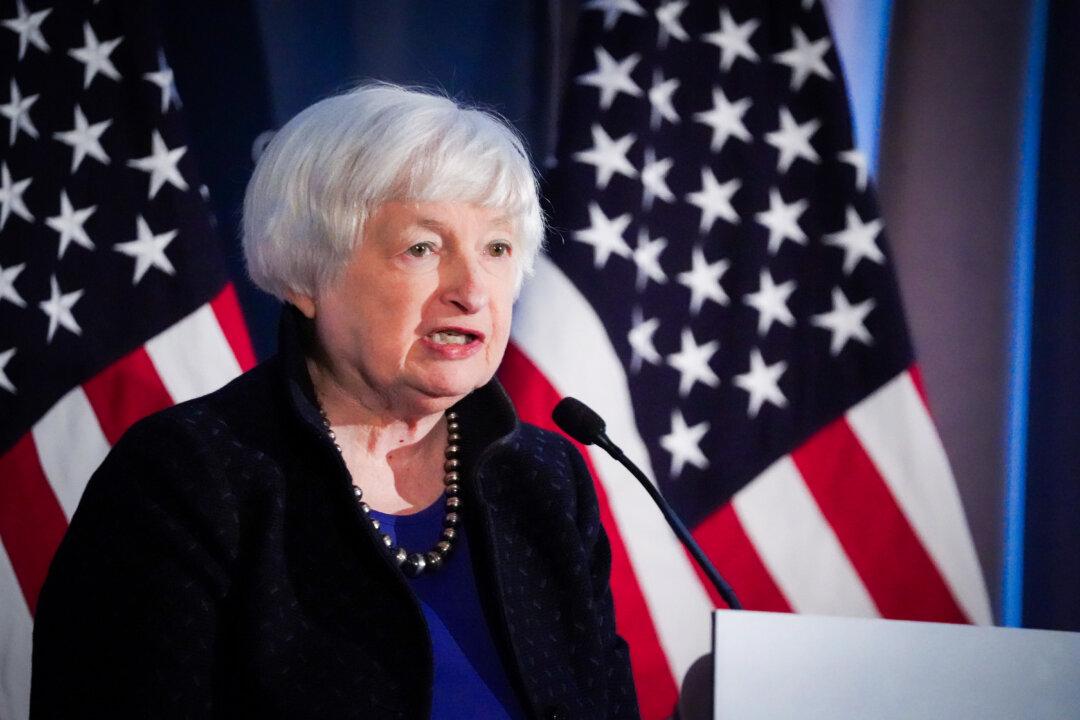The money supply is rising again, and persistent inflation is not a surprise. Inflation occurs when the amount of currency increases significantly above private sector demand. For investors, the worst decision in this environment of monetary destruction is to invest in sovereign bonds and keep cash. The government’s destruction of the purchasing power of the currency is a policy, not a coincidence.
Readers ask me why the government would be interested in eroding the purchasing power of the currency it issues. It is remarkably simple.
Inflation is the equivalent of an implicit default. It is a manifestation of the lack of solvency and credibility of the currency issuer.
Governments know that they can disguise their fiscal imbalances through the gradual reduction of the purchasing power of the currency, and with this policy, they achieve two things. Firstly, inflation is a hidden transfer of wealth from deposit savers and real wages to the government; it is a disguised tax. Additionally, the government expropriates wealth from the private sector, making the productive part of the economy assume the default of the currency issuer by imposing the utilization of its currency by law as well as forcing economic agents to purchase its bonds via regulation.
The entire financial system’s regulation is built on the false premise that the lowest-risk asset is the sovereign bond. This forces banks to accumulate currency—sovereign bonds—and regulation incentivizes state intervention and crowding out of the private sector by forcing through regulation to use zero to little capital to finance government entities and the public sector.
Once we understand that inflation is a policy and that it is an implicit default of the issuer, we can comprehend why the traditional 60–40 portfolio does not work.
Currency is debt, and sovereign bonds are currency. When governments have exhausted their fiscal space, the crowding-out effect of the state on credit adds to the rising taxation levels to cripple the potential of the productive economy, the private sector, in favor of constantly rising government unfunded liabilities.
Economists warn of rising debt, which is correct, but we sometimes ignore the effect of unfunded liabilities on currency purchasing power. The U.S. debt is enormous at $34 trillion, and the public deficit is intolerable at nearly $2 trillion per year, but that is a drop in the bucket compared with the unfunded liabilities that will cripple the economy and erode the currency in the future.
The situation in the United States is not an exception. In countries such as Spain, unfunded public pension liabilities exceed 500 percent of GDP. In the European Union, according to Eurostat, the average is close to 200 percent of GDP. And that is only unfunded pension liabilities. Eurostat does not analyze unfunded entitlement program liabilities.
This means that governments will continue to use the “tax the rich” false narrative to increase taxation on the middle class and impose the most regressive tax of all, inflation.
It is not a coincidence that central banks want to implement digital currencies as quickly as possible. Central bank digital currencies are surveillance disguised as money and a means of eliminating the limitations of the inflationary policies of the current quantitative easing programs. Central bankers are increasingly frustrated because the transmission mechanisms of monetary policy are not fully under their control. By eliminating the banking channel and thus the inflation backstop of credit demand, central banks and governments can try to eliminate the competition of independent forms of money through coercion and debase the currency at will to maintain and increase the size of the state in the economy.
Gold versus bonds shows this perfectly. Gold has risen by 89 percent in the past five years, compared to 85 percent for the S&P 500 and a disappointing 0.7 percent for the U.S. aggregate bond index (as of May 17, according to Bloomberg).
Financial assets are reflecting the evidence of currency destruction. Equities and gold soar; bonds do nothing. It is the picture of governments using the fiat currency to disguise the credit solvency of the issuer.
Considering all this, gold is not expensive at all. It is exceedingly cheap. Central banks and policymakers know that there will be only one way to square the public accounts with trillions of dollars of unfunded liabilities: Repay those obligations with a worthless currency. Staying in cash is dangerous; accumulating government bonds is reckless; but rejecting gold is denying the reality of money.




